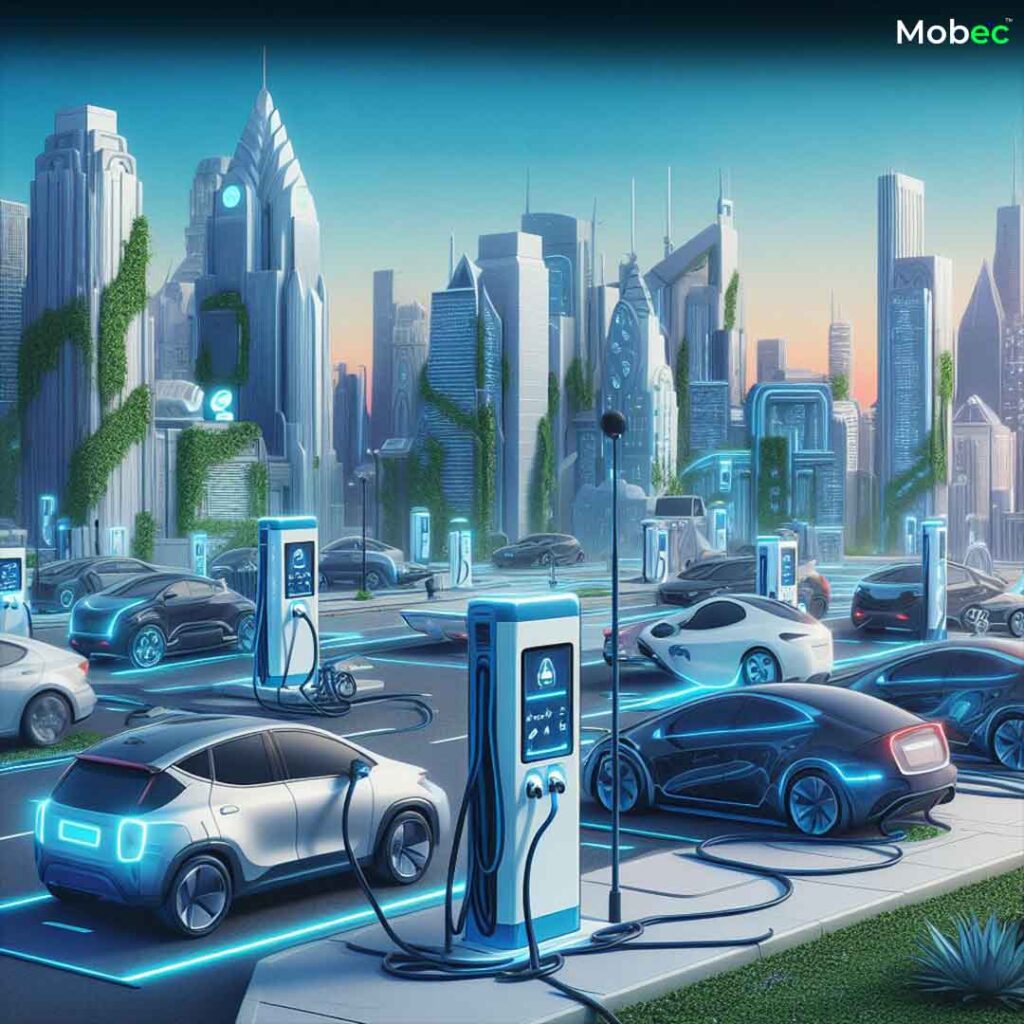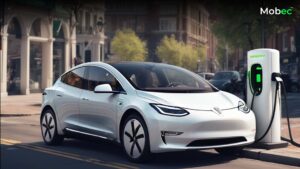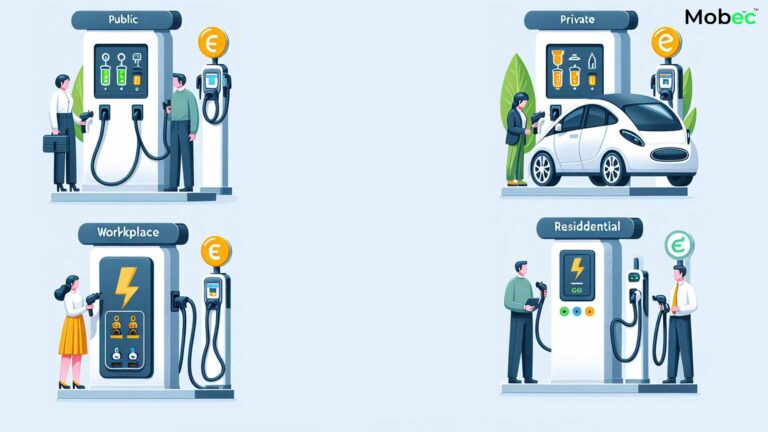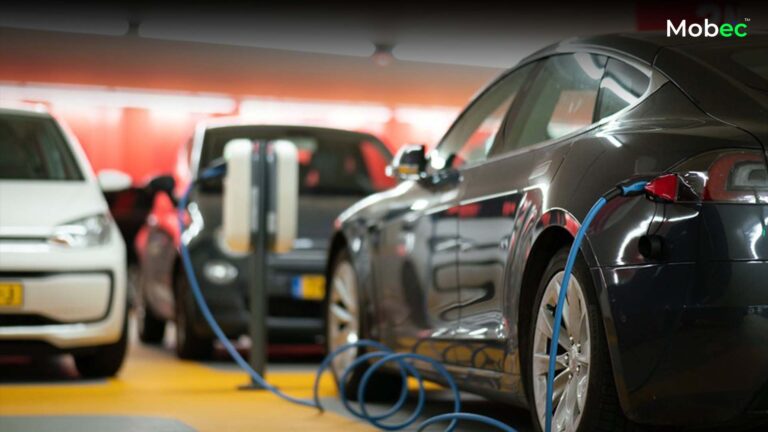As electric vehicles (EVs) gain traction on the roads, the expansion of public charging infrastructure becomes paramount. However, beneath the surface of progress, disparities in access and reliability persist, presenting a complex landscape. In this exploration, we will delve into the existing gaps in public charging networks and propose strategies to address these issues. From targeted investments in underserved areas to innovative charging models and partnerships with public and private entities, the road to a robust public charging infrastructure is filled with possibilities.
The Current Landscape: Gaps in Public Charging Accessibility

Public charging infrastructure has undoubtedly come a long way, but challenges persist. Urban areas tend to have more charging stations, leaving rural and underserved regions with limited access. Additionally, reliability issues, long wait times, and compatibility concerns continue to hinder the seamless experience of charging an EV in public spaces.
Targeted Investments: Navigating the Urban-Rural Divide

A crucial step in addressing the disparities in public charging accessibility is the strategic allocation of resources. Targeted investments in underserved areas, particularly in rural communities, can bridge the urban-rural charging gap. By ensuring that charging stations are evenly distributed, we pave the way for equitable access to public charging infrastructure.
Amidst these challenges, innovative solutions are emerging to redefine accessibility. Companies like Mobec are pioneering portable EV chargers, providing a flexible solution for EV owners to charge anywhere, anytime. This innovation becomes a game-changer, especially for those in regions facing infrastructure gaps.
Community Engagement: Fostering Local Support

Public charging infrastructure is not just about hardware; it’s about community integration. Initiatives that engage local communities in the adoption of EVs and the installation of charging stations can garner support. Public-private partnerships can play a pivotal role in fostering this engagement, creating a shared responsibility for the success of public charging networks.
Innovative Charging Models: Beyond Traditional Approaches
The future of public charging lies in embracing innovative models. Time-based pricing, subscription plans, and dynamic pricing structures can enhance the efficiency of public charging networks. By tailoring charging solutions to user needs, we not only optimize the use of existing infrastructure but also encourage wider adoption of electric vehicles.
Public-Private Collaborations: A Symbiotic Approach
Collaborations between public and private entities can unlock new possibilities for public charging infrastructure. Public entities can provide the necessary regulatory support and land access, while private companies bring in innovation and investment. This symbiotic relationship creates a conducive environment for the expansion and enhancement of public charging networks.
Technological Integration: Streamlining the Charging Experience
In the quest for a seamless charging experience, technological integration plays a pivotal role. Advancements in real-time data analytics, user-friendly mobile apps, and predictive maintenance can address reliability concerns and improve the overall user experience. A tech-savvy approach ensures that public charging infrastructure evolves to meet the dynamic needs of the growing EV market.
Policy Advocacy: Navigating Regulatory Landscapes
Advocacy for EV-friendly policies is essential for the sustained growth of public charging infrastructure. Governments can incentivize the installation of charging stations, streamline the permitting process, and offer tax benefits. Clear and supportive policies create an environment conducive to the expansion of public charging networks.
Environmental Justice: Ensuring Inclusivity in Charging Access
As we navigate the challenges of public charging accessibility, it’s crucial to prioritize environmental justice. Underserved communities should not be left behind in the transition to electric mobility. Strategies that take into account socioeconomic factors and prioritize inclusivity ensure that the benefits of public charging infrastructure are distributed equitably.
Future-Ready Solutions: Paving the Way Forward
In conclusion, addressing the gaps in public charging infrastructure requires a multi-faceted approach. From targeted investments and community engagement to innovative charging models and public-private collaborations, the solutions are diverse. The journey toward a robust public charging infrastructure is marked by innovation and inclusivity.
Insert naturally: In this transformative landscape, companies like Mobec are not just addressing challenges; they are providing solutions. Their portable EV chargers offer a practical remedy for those facing infrastructure gaps, making electric mobility accessible to all.
As we collectively work towards a future where public charging infrastructure is not just widespread but also inclusive, each step taken today shapes the landscape of tomorrow. The road ahead is filled with opportunities, and the evolution of public charging infrastructure is a journey we embark on together, toward a sustainable and electric future.
Frequently Asked Questions
Why is public charging infrastructure essential for electric vehicles (EVs)?
Public charging infrastructure is crucial for EVs to ensure widespread adoption and address range anxiety. It allows EV owners to charge their vehicles conveniently, promoting the viability of electric mobility.
What challenges exist in the current public charging landscape?
Challenges include uneven distribution of charging stations, longer wait times, compatibility issues, and disparities between urban and rural areas, hindering a seamless EV charging experience.
How can targeted investments bridge the urban-rural charging gap?
Strategic allocation of resources in underserved areas, particularly rural communities, ensures a more even distribution of charging stations, addressing the urban-rural charging gap.
What are innovative solutions to overcome public charging disparities?
Innovations such as portable EV chargers, like those offered by companies such as Mobec, provide flexible solutions, especially in regions facing infrastructure gaps.
How can community engagement contribute to the success of public charging networks?
Engaging local communities in EV adoption and charging station installations fosters support. Public-private partnerships play a crucial role in creating a shared responsibility for the success of public charging networks.
What are some future-ready solutions for public charging infrastructure?
Future-ready solutions include time-based pricing, subscription plans, dynamic pricing structures, public-private collaborations, technological integration, policy advocacy, and prioritizing environmental justice.
How can technological integration enhance the charging experience?
Technological advancements in real-time data analytics, user-friendly mobile apps, and predictive maintenance can address reliability concerns, ensuring an improved overall user experience.
What role do public-private collaborations play in public charging infrastructure?
Collaborations between public and private entities unlock possibilities for infrastructure expansion. Public entities provide regulatory support and land access, while private companies bring innovation and investment.
How can policy advocacy support the growth of public charging networks?
Advocacy for EV-friendly policies, such as incentives for charging station installations, streamlined permitting processes, and tax benefits, creates an environment conducive to the expansion of public charging networks.
Why is environmental justice important in the context of charging access?
Prioritizing environmental justice ensures that underserved communities are not left behind in the transition to electric mobility, promoting inclusivity and equitable distribution of charging infrastructure benefits.






















+ There are no comments
Add yours